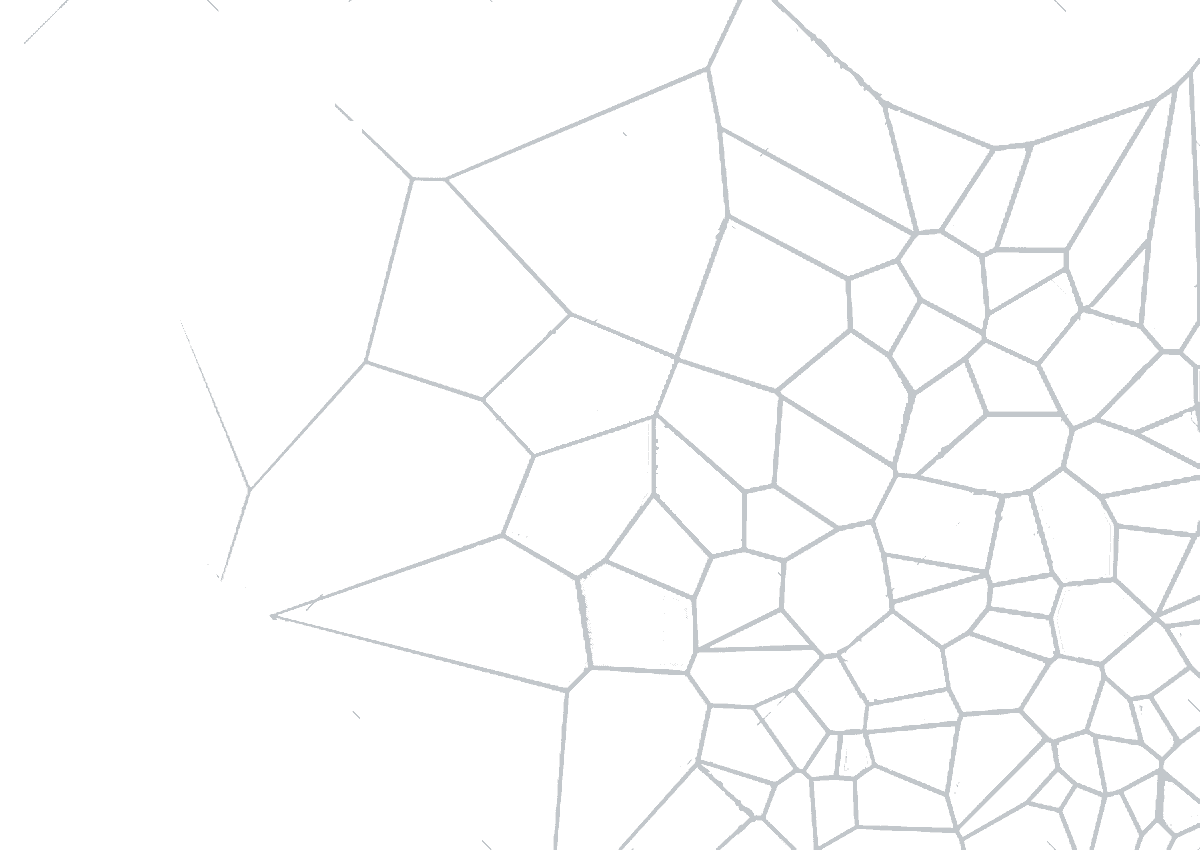
About VisibleFascia
The project aims to improve the understanding and knowledge of the fascial network and its application in the healthcare profession. This knowledge is particularly valuable for osteopaths, doctors, and other therapists, but can also benefit sports coaches, yoga and pilates teachers and others interested in the topic.
about Alexander Käs:
As an osteopath working in the Munich area, I’ve noticed the challenges in explaining to clients why they’re experiencing pain, why treatment is important, or why certain exercises are necessary. I’ve found that patient compliance improves significantly when they have a clear understanding of the underlying issue and the steps required to address it.
Providing a visual model or image to clients can aid in their understanding and visualization of the problem, making it easier to explain complex matters, such as the intricate nature of the fascial network.
However, describing the fascial network solely with words is insufficient, and even professionals struggle to understand and visualize it. There is still much to be discovered in this area.

The intricacies of the fascia’s omnipresent and interwoven structure make it difficult to capture accurately in models or pictures. Its complex network of layers and connections cannot be easily depicted. The lack of visual aids is indicative of the challenges associated with this subject.
I’ve spent countless hours exploring various techniques and approaches to creating models of the fascial system. While some methods were effective to a certain extent, they were often limited in quality or overly time-consuming. Thanks to modern 3D modeling and printing techniques, I finally have the tools I need as an osteopath to bring my vision of a fascial model to life, allowing everyone to witness and experience it. However, the development is still in its early stages, so stay tuned for more updates.
@visiblefascia 3d voronoi pattern – fascia model #fascia #anatomy #education #manualtherapy #osteopathy #3d printing #voronoi ♬ original sound – VisibleFascia
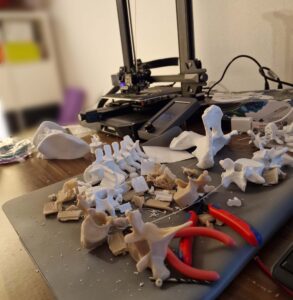
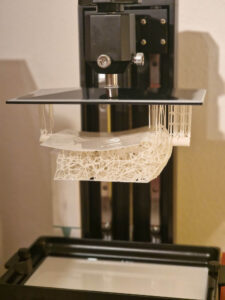
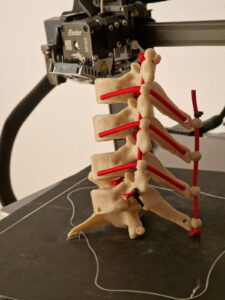
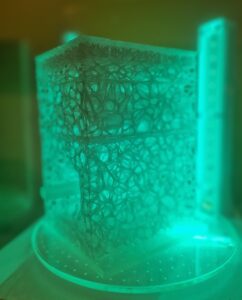
Creating a 3d Model
